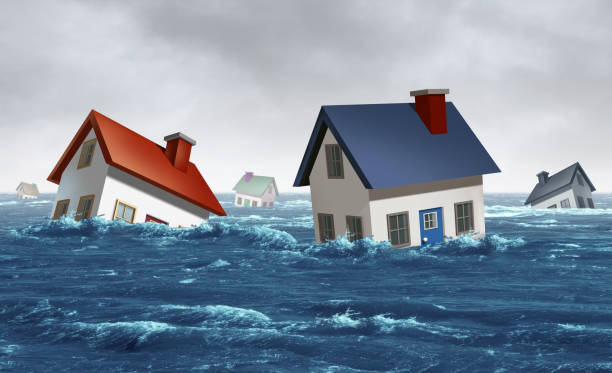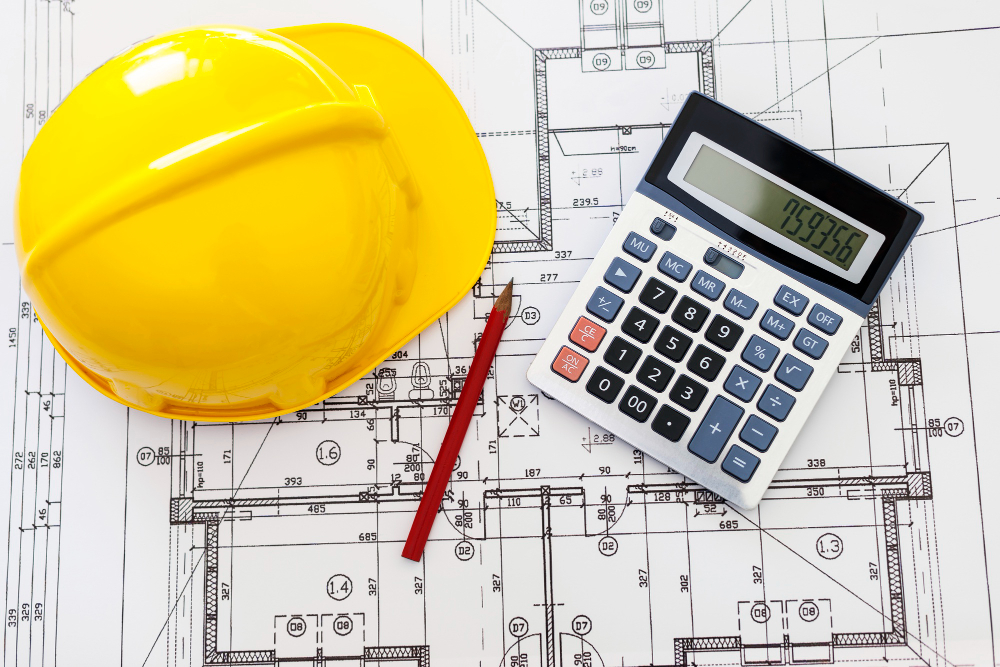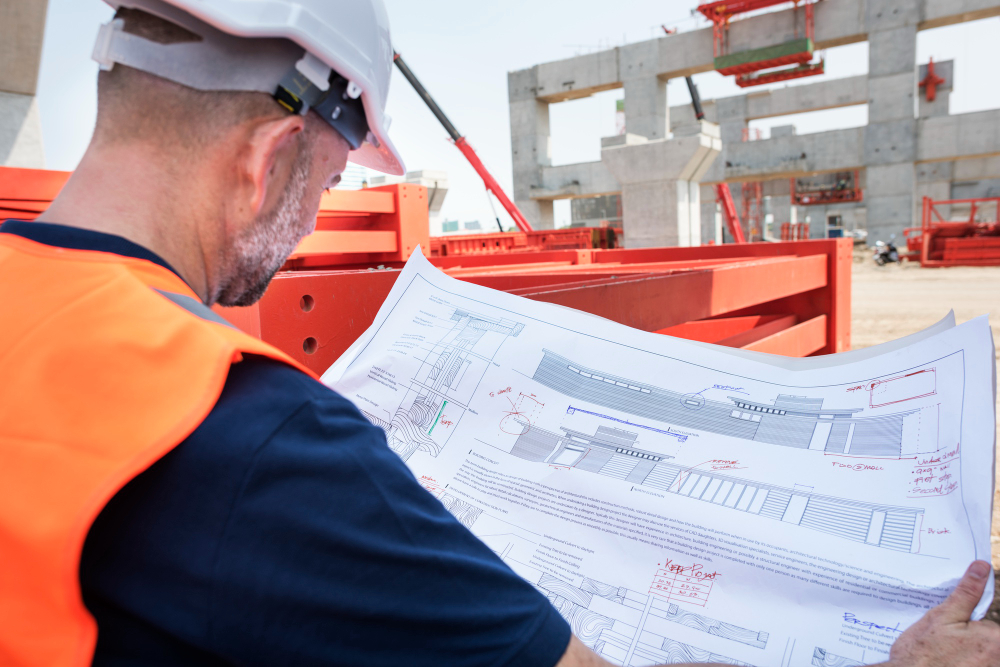Housing Shortage in Los Angeles: Why Safe Land for Development Is Running Out
Los Angeles is famous for its sunshine, coastline, and booming economy. But in 2025, it is also known for something else: a housing shortage in Los Angeles. Prices remain high, demand has not slowed, and the city is running out of safe land to build on.
Table of Contents
ToggleFires, earthquakes, and coastal erosion now shape where new homes can rise. These risks do more than affect the environment. They also raise costs, block projects, and change who can afford to live in Los Angeles.
This shift is pushing buyers, developers, and investors to make new choices. If you are in the market today, you must understand how safety, land supply, and policy all connect.
Quick Quiz: LA Housing — Risk & Supply
General sources: CalFire; CA Coastal Commission; CA Geological Survey; typical escrow workflow from LA title/escrow providers.
Why Los Angeles Has Less Safe Land
For years, Los Angeles had space for growth, though it was always limited by mountains and the ocean. Now, nature adds new barriers.
Wildfire zones: Over 16,000 homes in Los Angeles County were lost to fire in 2024. That danger zone has expanded into suburban growth areas.
Earthquake risks: Active fault lines increase building costs. Developers must follow strict seismic codes that slow down projects.
Coastal erosion: Cliffs in Malibu and the Palisades crumble each year. Rising seas make parts of the coastline unsafe for long-term housing.
These issues reduce the supply of safe land. As the map of where homes can be built shrinks, so do the options for buyers and builders.
How Shortage Drives Up Housing Prices
The laws of supply and demand are simple. When supply is limited but demand stays strong, prices go up.
In Los Angeles, the median home price now sits near $1 million. With fewer safe sites, developers produce less new housing. That pushes buyers toward existing homes, which raises resale values even higher.

The cycle works like this:
Safe land runs out.
Builders slow down construction.
Buyers compete for existing homes.
Prices climb further.
This makes life hard for first-time buyers. But it creates strong gains for current homeowners and long-term investors.
How Zoning and Entitlement Add Pressure
Safe land is not the only barrier. Even in lower-risk areas, projects face local rules.
Environmental reviews are longer in hazard zones.
Seismic retrofitting adds costs to multifamily housing.
Zoning fights in safe urban areas block density increases.
Entitlements — the legal right to build — now take longer and cost more. This makes development riskier. For some projects, it is almost impossible without expert guidance.
At JDJ Consulting, we help developers find the zones where projects are possible. We guide clients through entitlement, zoning, and strategy so they avoid wasted time and money.
Winners and Losers in the New Market
Not everyone is affected the same way. This housing shortage creates both winners and losers.
Winners:
Homeowners in safe neighborhoods.
Investors who buy older housing stock now.
Developers who focus on adaptive reuse projects.
Losers:
First-time buyers locked out by prices.
Builders who take risks in fire-prone areas.
Families forced into unsafe rebuilding cycles.
The divide will only grow as land becomes harder to use.
LA Closing & Recording Flow (Typical)
Data note: Durations are illustrative. Replace with your own averages.
Helpful sources: Los Angeles County Registrar-Recorder/County Clerk (recording workflow); major title companies on funding/recording practices.
Adaptive Reuse: A Real Solution
If Los Angeles cannot expand outward, it must grow inward. That means turning empty or outdated spaces into housing.
This process is called adaptive reuse. Examples include:
Converting empty office towers into apartments.
Turning old warehouses into lofts.
Repurposing retail into mixed-use housing.
These projects often bypass the problems of building on risky land. They add supply where people already live and work.
At JDJ, we are seeing a major shift. Investors are no longer asking, “Where can I build new?” They are asking, “What can I convert?”
The Investor’s Playbook in 2025
Smart investors will focus on three strategies:
Hold safe assets: Properties in low-risk areas will keep rising.
Redevelop underused space: Conversions can add supply faster than new builds.
Exit hazard zones: Fires, floods, and seismic risk raise insurance and financing costs.
Those who act early will gain. Those who hold risky properties may face heavy losses.
Policy and Planning Ahead
The city will not ban all construction in unsafe zones. But we expect more incentives for building in safe areas.
SB 9 and SB 10 encourage more density in urban neighborhoods.
Insurance changes will make fire-zone projects harder to finance.
Zoning reforms may push adaptive reuse forward.
The challenge is that Los Angeles often reacts after disaster strikes. Investors and developers who plan now will be ahead of the curve.
The Human Cost of Shortage
It is not just numbers and policy. The shortage affects families every day.
Renters spend more than 40% of income on housing.
Young families delay buying homes.
Workers move farther from jobs to find lower prices.
As more land is ruled unsafe, the social cost grows. Without creative solutions, Los Angeles risks pushing out the very people who keep the city running.
Why Strategy Matters More Than Ever
The market is changing fast. Fires, earthquakes, and erosion are not going away. Developers, homeowners, and investors must act with strategy.
At JDJ Consulting Group, we believe success in this new era is about planning. You must understand:
Where you can safely build.
How entitlement will affect timelines.
When to shift toward adaptive reuse.
The future of housing in Los Angeles will not be simple. But those who prepare will thrive.
Where Can Los Angeles Build? Risk → Strategy
Context sources: CA Geological Survey; CalFire Fire Hazard Severity Zones; CA Coastal Commission (general policy context). Replace with project-specific citations if you add local data.
Plan Your LA Deal with Confidence
Map risk, time your closing, and unlock approvals faster. JDJ helps you move from “maybe” to “done.”
Conclusion: The Next Era of Los Angeles Housing
Los Angeles is running out of safe land. The shortage is permanent.
Prices will stay high. Safe neighborhoods will hold value. Risky zones will fall behind. Adaptive reuse will grow.
The city faces hard choices. Build smarter and safer. Build inward, not outward.
For developers, investors, and families, this is both a challenge and an opportunity. The winners will be those who plan with foresight, not those who wait.
At JDJ Consulting, we see this as the start of a new housing era. Strategy, not speculation, will define who succeeds in Los Angeles real estate. Call our consulting firm at (818) 793-5058 for the personalized real estate consultancy.

FAQs: Housing Shortage in Los Angeles
1. Why is Los Angeles facing a housing shortage in 2025?
Los Angeles faces a shortage because demand remains high while supply has fallen. Limited safe land, wildfire zones, seismic risks, and strict zoning laws all reduce new housing construction. As a result, fewer homes are built, but population and demand stay strong.
2. How does wildfire risk affect housing development?
Wildfire zones reduce available land and raise building costs. Developers must add fire-resistant materials, access roads, and safety measures. Insurance is also more expensive in high-risk areas. This makes projects less profitable and slows new construction.
3. What role do earthquakes play in the housing crisis?
Earthquakes are a constant risk in Los Angeles. Buildings in seismic zones must meet strict codes, which increase construction costs. Developers often avoid these areas, leaving less housing supply. Older multifamily buildings also need retrofits, adding further pressure on the market.
4. How does coastal erosion limit new housing?
Erosion along the coastline reduces the amount of safe land. Homes near cliffs or beaches face risks from crumbling land and rising seas. Developers hesitate to build in these areas, while insurance costs discourage buyers. Over time, this removes coastal zones from the housing map.
5. Why do zoning laws make it harder to build more homes?
Zoning laws restrict what type of housing can be built in many neighborhoods. In Los Angeles, many areas are zoned for single-family homes only. Even when land is safe, density is often blocked. This prevents the city from adding enough housing supply in urban areas.
6. What is adaptive reuse and why is it important?
Adaptive reuse means converting older or unused buildings into housing. Examples include turning offices, warehouses, or retail spaces into apartments. It is important because it adds new housing without relying on risky land. This solution also revitalizes urban areas and often avoids long zoning battles.
Fast Facts: LA Housing Constraints
7. How does the shortage affect housing prices?
With less new construction, buyers compete for existing homes. This drives prices higher. In 2025, the median home price in Los Angeles is near $1 million. Renters also face higher costs, since landlords pass on rising expenses. The shortage creates a cycle of affordability problems.
8. Who benefits from the current housing shortage?
The shortage benefits homeowners who already own property in safe areas. Their home values rise over time. Investors who buy and hold early also gain. Developers who focus on adaptive reuse or safe land see strong returns. However, first-time buyers and renters often lose out.
9. How do entitlement and permitting delays affect projects?
Entitlement is the legal process of gaining approval to build. In Los Angeles, this process is slow and costly, especially in hazard zones. Developers may wait years before breaking ground. Each delay adds financial risk, which reduces the number of projects moving forward.
10. Can Los Angeles build its way out of the shortage?
It is unlikely that Los Angeles will fully build its way out. Geography, safety concerns, and policy barriers all limit supply. The city can improve affordability with density reforms, adaptive reuse projects, and faster permitting. But demand will likely outpace supply for years.
11. What strategies should investors use in this market?
Investors should focus on three key strategies:
Buy in safe zones where value will rise long term.
Target adaptive reuse projects with fewer land risks.
Exit or avoid hazard zones where insurance and repairs cut profits.
Planning around safety and zoning is critical for success.
12. How does the housing shortage affect everyday families?
Families feel the shortage through higher rents and fewer options. Many spend more than 40% of their income on housing. Some move farther from jobs to find affordable homes, leading to longer commutes. Others give up on buying entirely. The shortage affects both financial security and quality of life.






